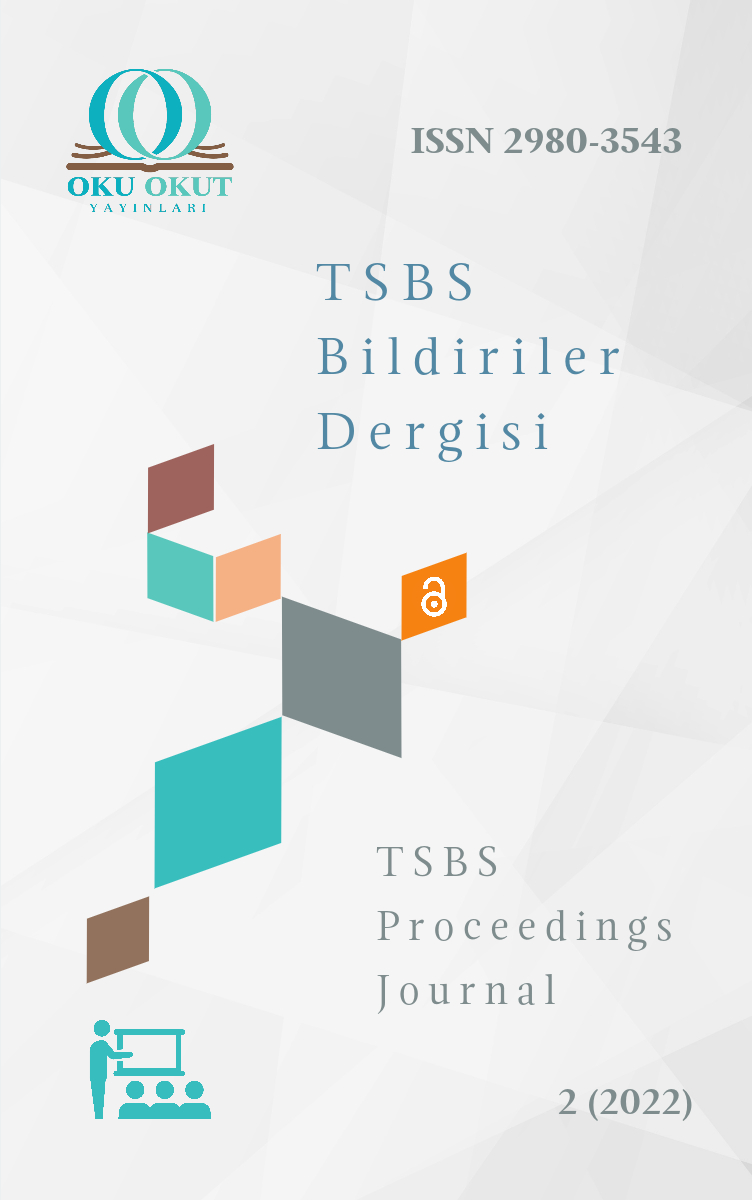The Effect of Qirāʼāt on Interpretation in Baydāwī’s Anwār al-tanzīl: An Example Between al-Ḍuḥā and al-Nās Sūrats
Beydâvî’nin Envâru’t-tenzîl’inde Kıraatlerin Tefsire Tesiri: Duhâ ve Nâs Sûreleri Arası Örneği

Telif Hakkı (c) 2022 Muhammed Yusuf Demir (Yüksek Lisans Öğrencisi)
Bu çalışma Creative Commons Attribution-NonCommercial 4.0 International License ile lisanslanmıştır.
CC BY-NC 4.0 lisansı, eserin ticari kullanım dışında, her türlü ortam ve formatta paylaşılmasına, kopyalanmasına, çoğaltılmasına ve orijinal esere uygun şekilde atıfta bulunmak kaydıyla yeniden düzenlenmesine, dönüştürülmesine ve eser üzerine inşa edilmesine izin verir.
İndir
Makale Bilgileri
- Konu Tefsir - Kıraat
- Gönderim 28 Haziran 2022
- Yayım 14 Ağustos 2022
- Sayı Sempozyum 2 (2022): TSBS Bildiriler Dergisi
- Bildiri Bilim Alanı Tefsir - Kıraat






